
Marine Molecular Ecology | Marine Bony Fish | Sharks and Rays |Marine Conservation | Surf | Brazilian Jiu Jitsu 🐠🦈🧬🌊🏄🏻♂️🥋
Genetic studies are showing us how these elusive rays evolve, adapt, and what it may take to ensure their survival.
saveourseas.com/update/four-...

Genetic studies are showing us how these elusive rays evolve, adapt, and what it may take to ensure their survival.
saveourseas.com/update/four-...
link.springer.com/article/10.1...

link.springer.com/article/10.1...
Our latest study in Environmental DNA shows how fish daily vertical migrations affect eDNA in the ocean. 🐟
For species like European hake, seafloor eDNA signals vary between morning and evening, showing that behavior must be considered in eDNA monitoring.
👉 doi.org/10.1002/edn3...

Our latest study in Environmental DNA shows how fish daily vertical migrations affect eDNA in the ocean. 🐟
For species like European hake, seafloor eDNA signals vary between morning and evening, showing that behavior must be considered in eDNA monitoring.
👉 doi.org/10.1002/edn3...
doi.org/10.1007/s122...

doi.org/10.1007/s122...
@ingridbunholi.bsky.social @patriciacharvet.bsky.social @rodrigodomingues.bsky.social @manirfeitosa.bsky.social + colleagues
@ingridbunholi.bsky.social @patriciacharvet.bsky.social @rodrigodomingues.bsky.social @manirfeitosa.bsky.social + colleagues
Join us to help Make Marine Science Matter!
#marinescience #conservation #conference

Join us to help Make Marine Science Matter!
#marinescience #conservation #conference
Read more on this study from Heinrich Heine University here: www.theguardian.com/environment/...

Read more on this study from Heinrich Heine University here: www.theguardian.com/environment/...

🔗 buff.ly/KHRmBNP

🔗 buff.ly/KHRmBNP

A guide to plotting #phylogenetictrees in #R, and automating clade highlights
buff.ly/Vd5b61a
🧬💻

A guide to plotting #phylogenetictrees in #R, and automating clade highlights
buff.ly/Vd5b61a
🧬💻
Explore how fundamental change can halt biodiversity loss and secure just and sustainable futures for all. 🌏🧪
Access the full report in English⬇️
https://www.ipbes.net/transformative-change-assessment

Explore how fundamental change can halt biodiversity loss and secure just and sustainable futures for all. 🌏🧪
Access the full report in English⬇️
https://www.ipbes.net/transformative-change-assessment
More here: saveourseas.com/update/decod...
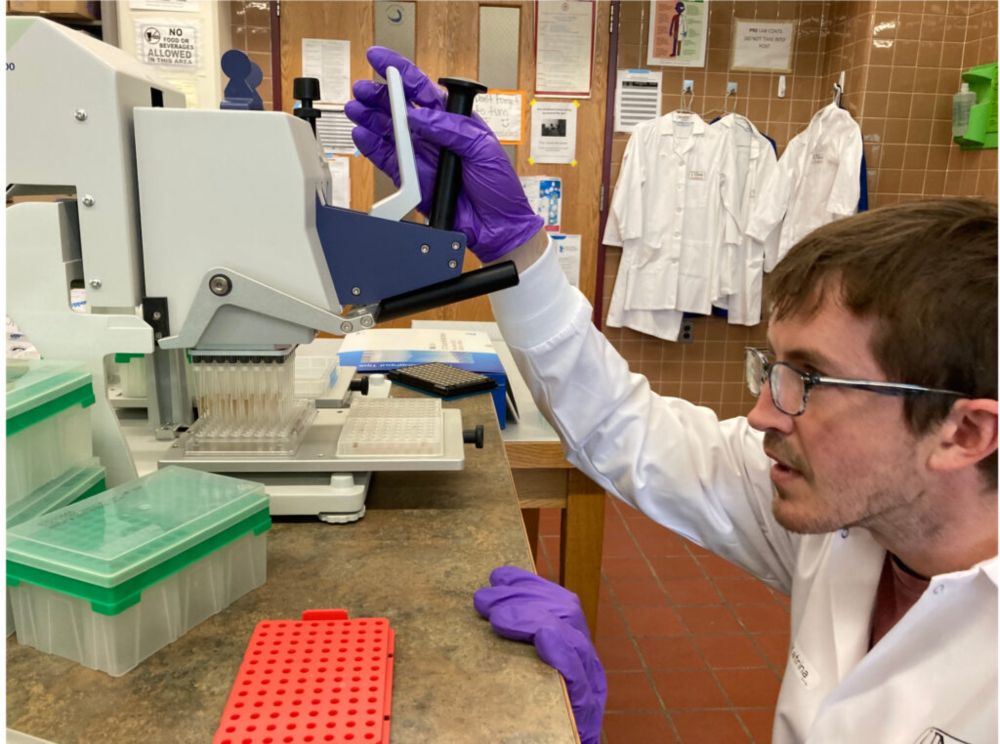
More here: saveourseas.com/update/decod...
🔗 buff.ly/OrBu9Xm
@anikahappe.bsky.social @kasperjmeijer.bsky.social @hillebr1.bsky.social @hanolff.bsky.social

🔗 buff.ly/OrBu9Xm
@anikahappe.bsky.social @kasperjmeijer.bsky.social @hillebr1.bsky.social @hanolff.bsky.social
link.springer.com/article/10.1...

link.springer.com/article/10.1...
We’ve developed a series of tutorials in R to guide you through analysing & visualising data from single & multiple driver experiments.
Beginners and experts, we've got something for all of you.
Please share!
meddle-scor149.org/vignettes/
We’ve developed a series of tutorials in R to guide you through analysing & visualising data from single & multiple driver experiments.
Beginners and experts, we've got something for all of you.
Please share!
meddle-scor149.org/vignettes/
My material is all available on github though: github.com/BertvanderVe....
My material is all available on github though: github.com/BertvanderVe....
doi.org/10.1002/edn3...

doi.org/10.1002/edn3...
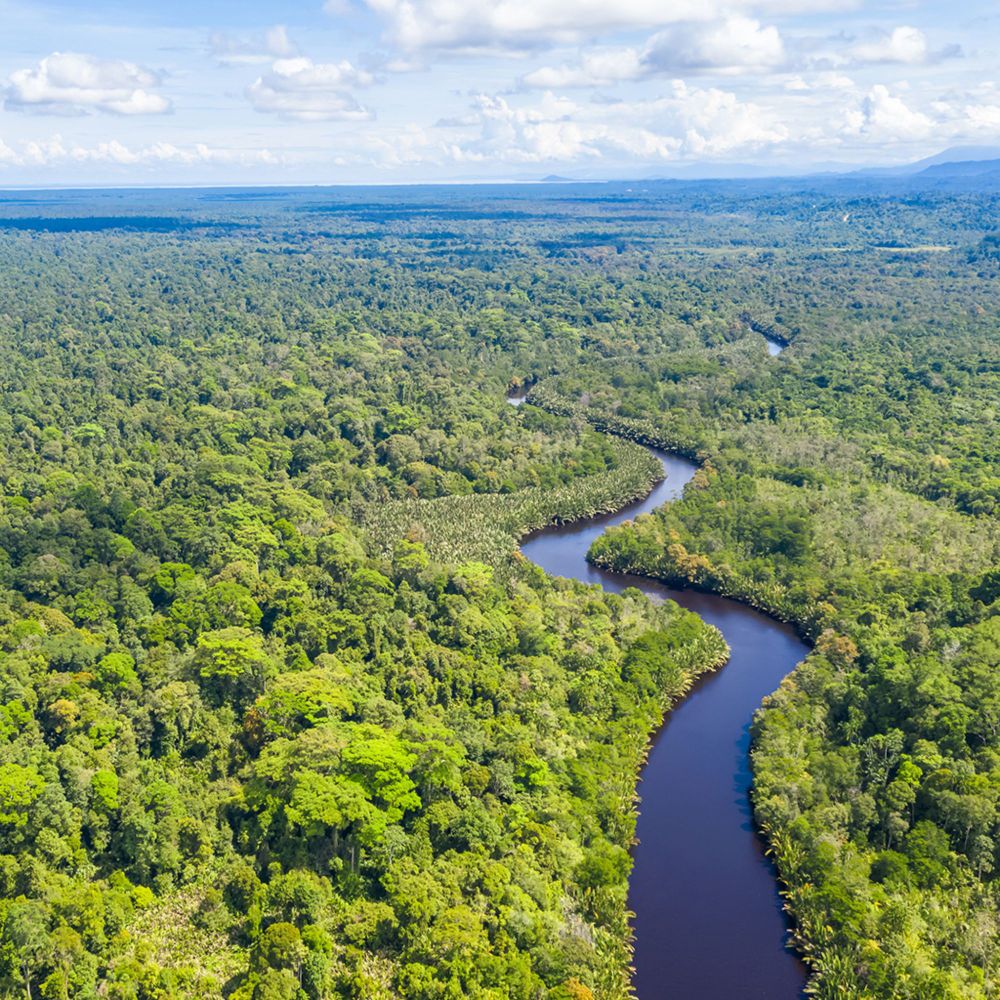

www.cell.com/current-biol...
@oclaripv.bsky.social
@paulinenarvaez.bsky.social
@utaustin.bsky.social
@psl-univ.bsky.social
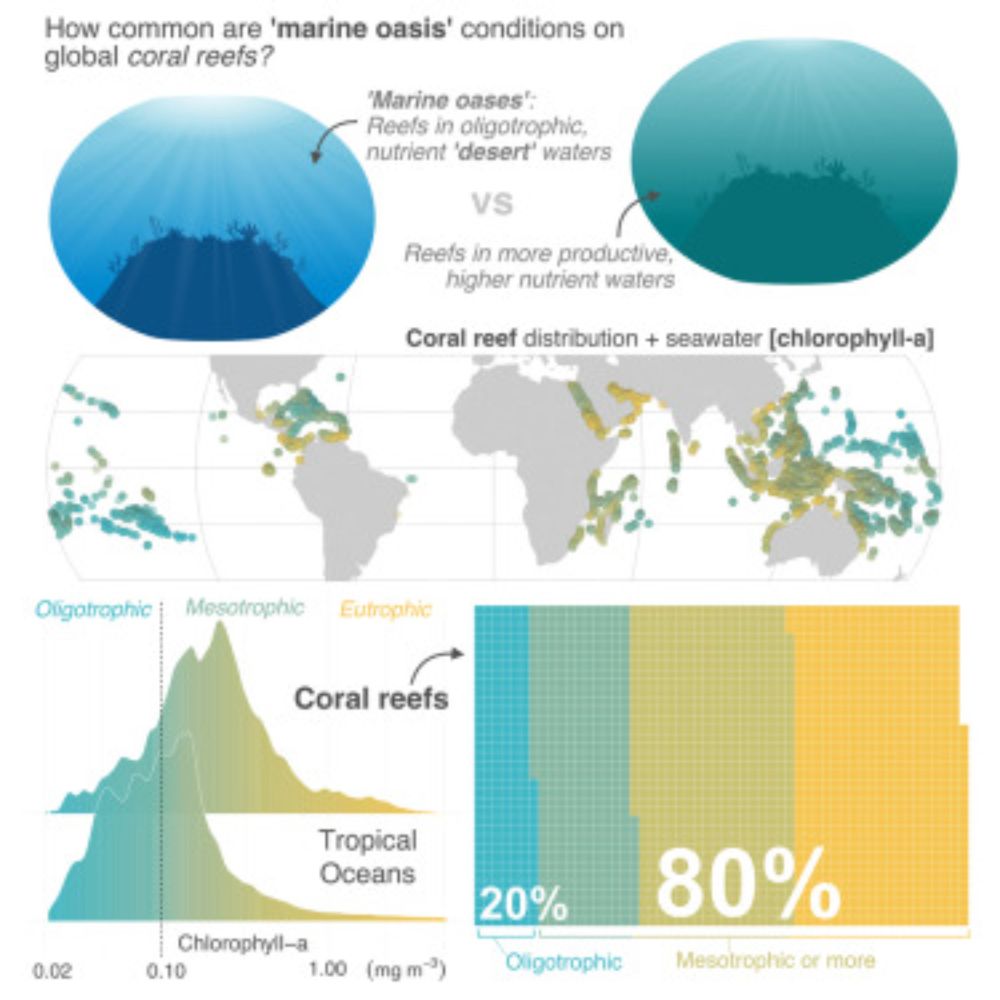
www.cell.com/current-biol...
@oclaripv.bsky.social
@paulinenarvaez.bsky.social
@utaustin.bsky.social
@psl-univ.bsky.social
onlinelibrary.wiley.com/doi/10.1111/...
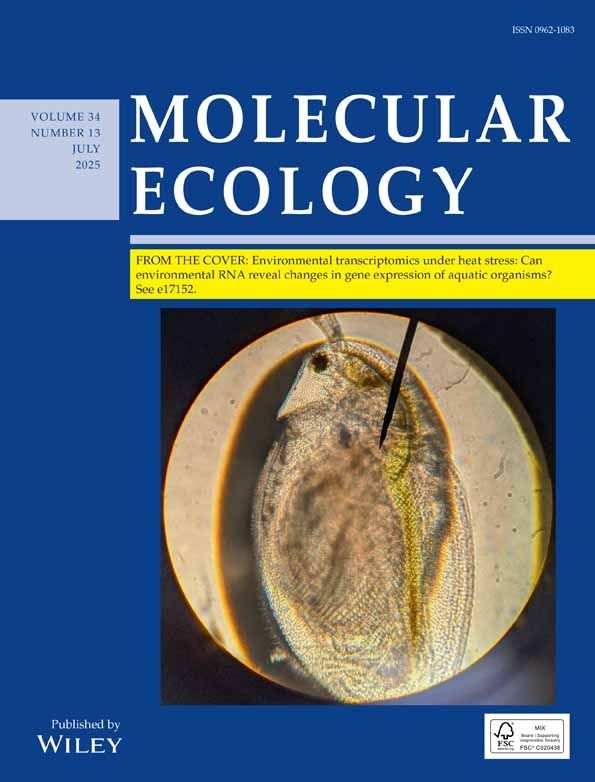
onlinelibrary.wiley.com/doi/10.1111/...
saveourseas.com/fear-and-fas...
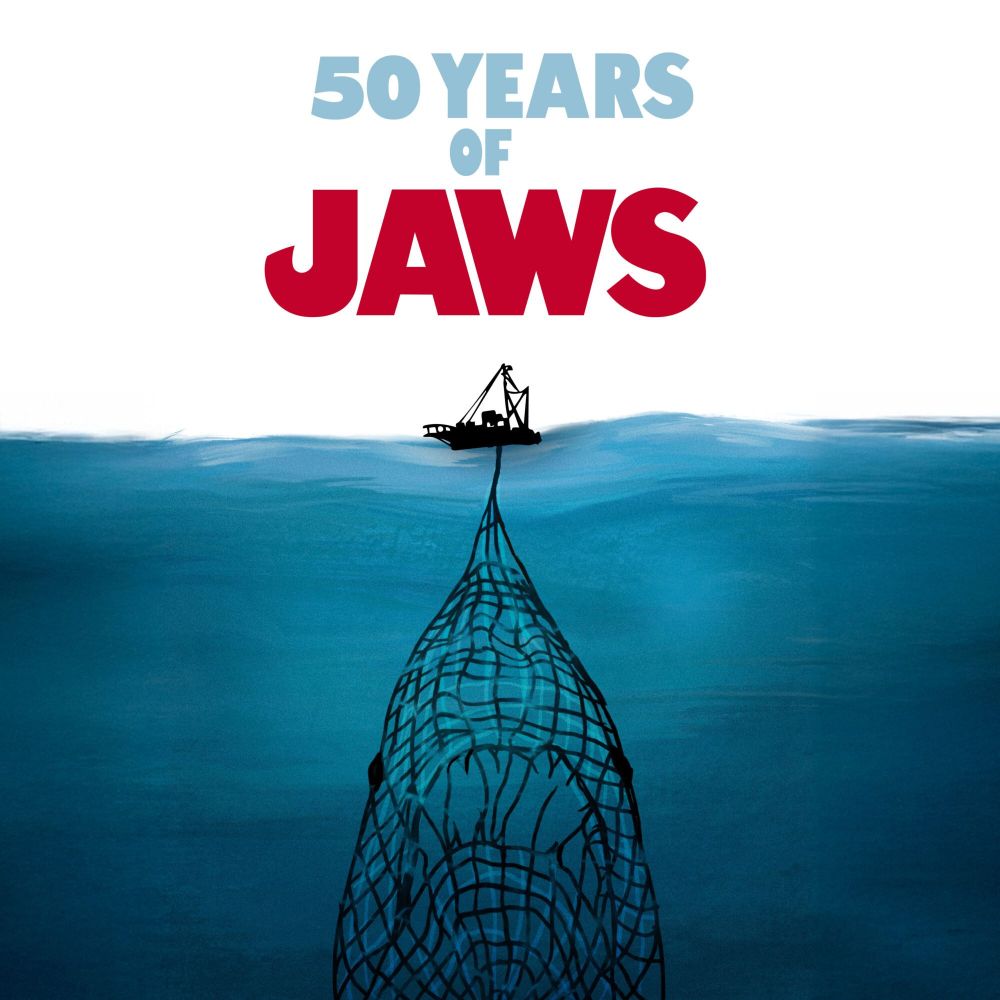
saveourseas.com/fear-and-fas...
Learn more in this week's issue of Science: scim.ag/4dwzl8j
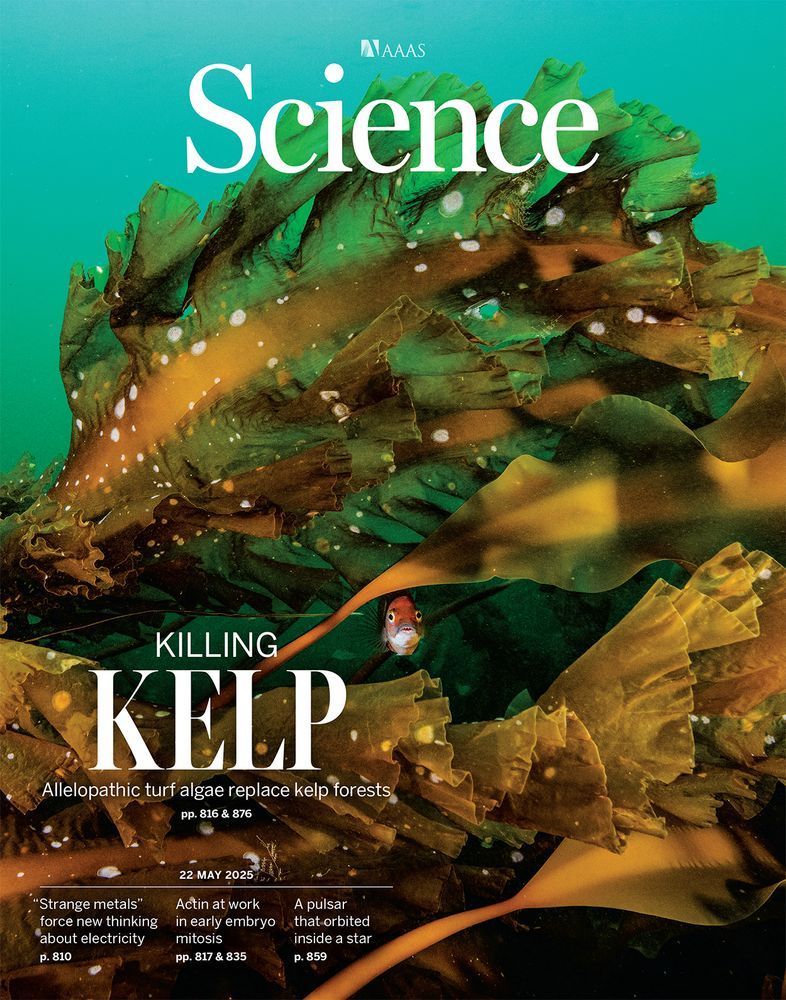
Learn more in this week's issue of Science: scim.ag/4dwzl8j

